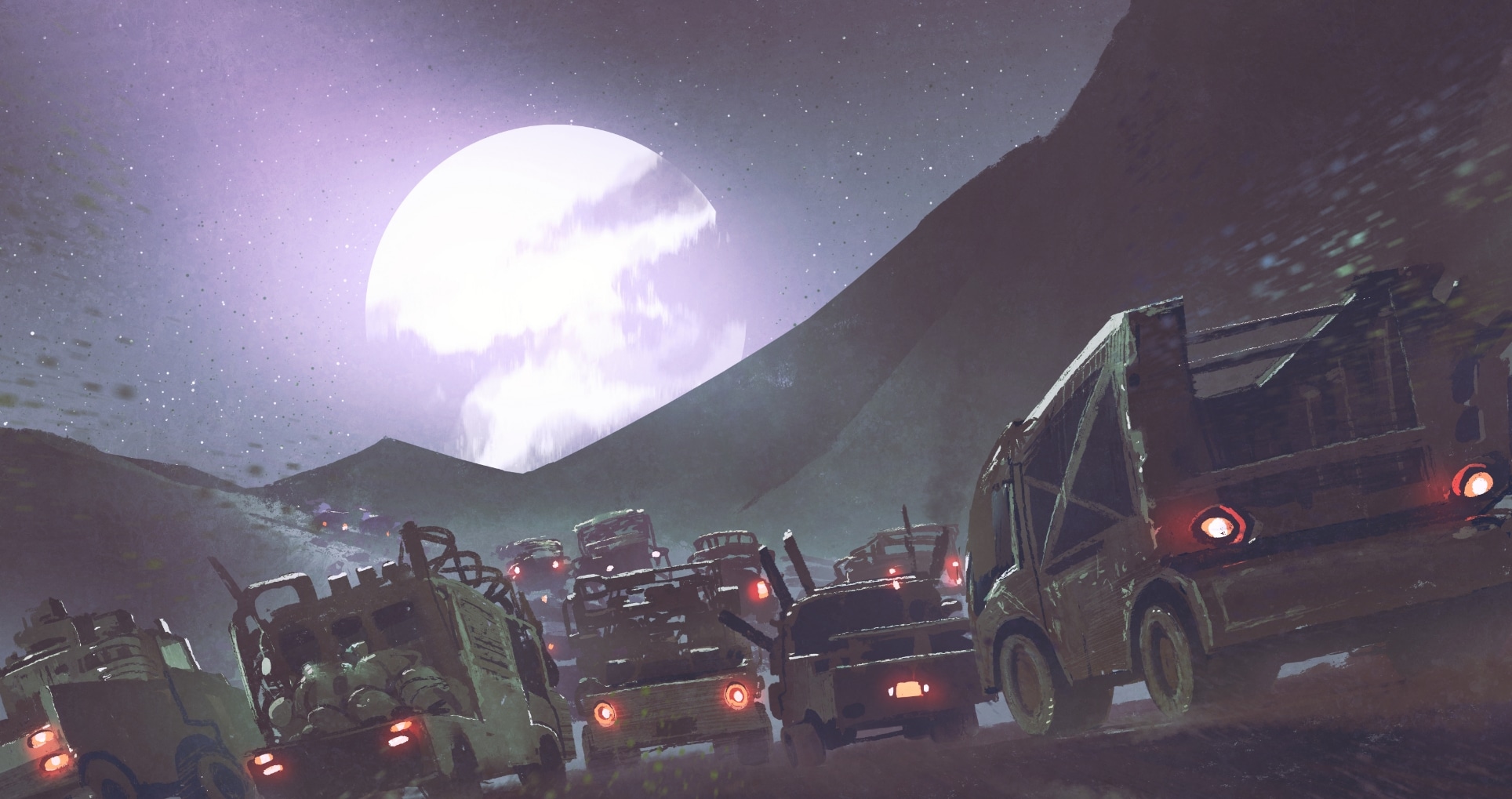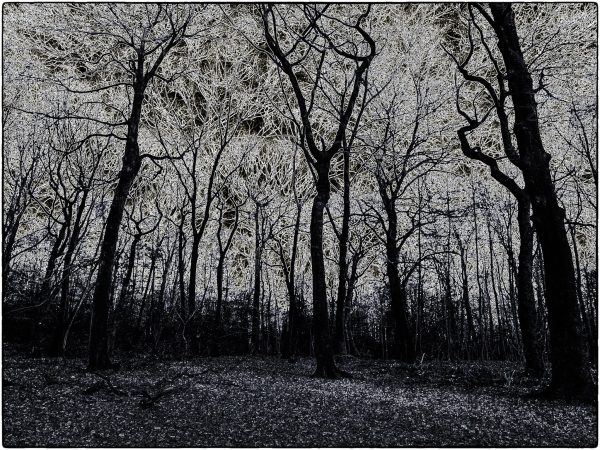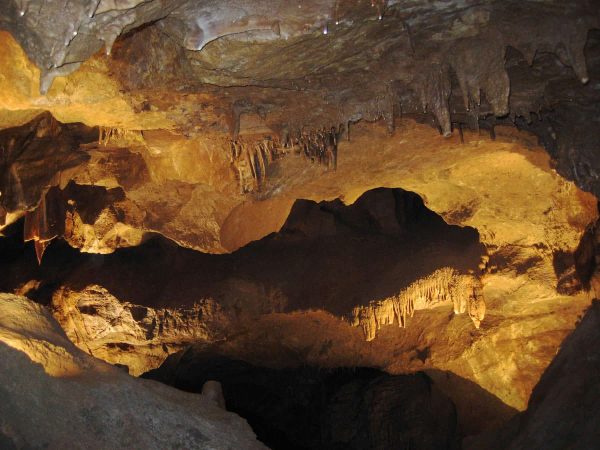What’s different about these gnomes?

1 – Gnomes are what happens when you leave magic items unattended for long periods of time; they absorb information from around them, grow and become sentient, then sprout a pair of legs and wander off into the countryside to go live up a tree or down in a cave. To that end, it’s quite […]


